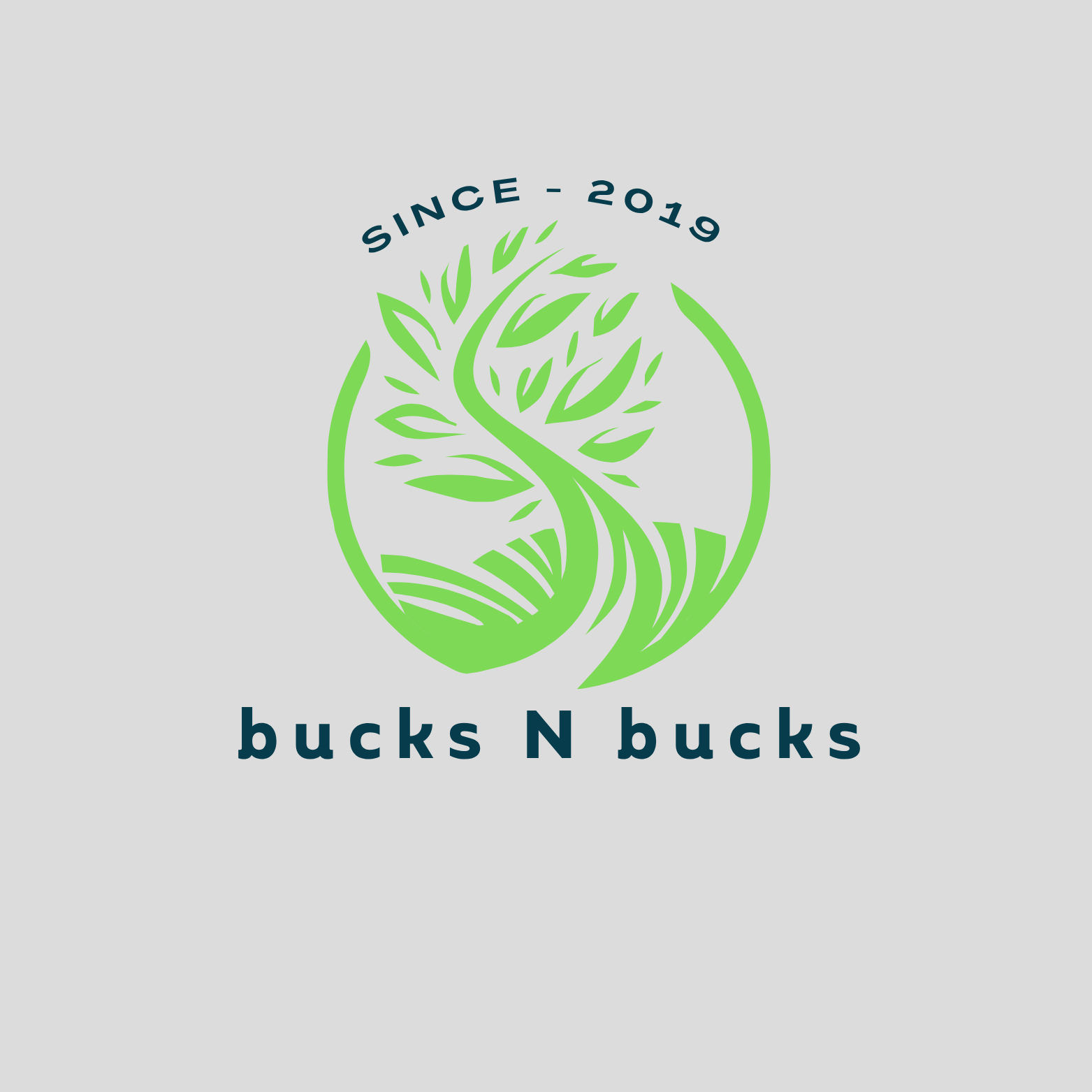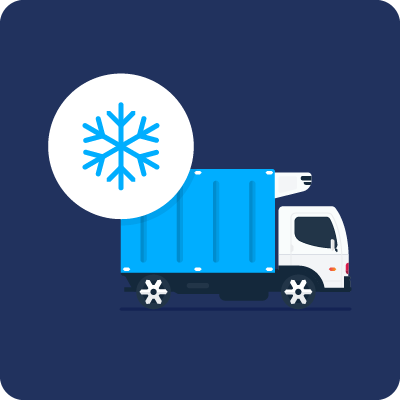In agriculture, freshness plays a very critical role. From the crispness of freshly harvested apples to the succulence of just-picked vegetables, maintaining the quality of the produce is essential to the end user of the product. To fill the time gap, robust cold chains become a necessity to achieve and maintain freshness. A cold chain is considered as a temperature-controlled supply chain that ensures freshness and quality of perishable produce from where they are produced to the point of consumption. It involves refrigerated storage, transportation, and distribution facilities, as well as systems that enable you to monitor and track temperature and humidity levels at every stage of the process.
Importance of preserving quality
The main primary function of a cold chain is to preserve quality of perishable goods. By maintaining the right temperature and humidity levels, the cold chain prevents the deterioration of produce, preserving its freshness and nutritional value. Whether it’s delicate fruit and vegetables or tender cuts of meat, consistent refrigeration is essential for ensuring that perishable goods reach consumers in optimal condition. Then one realizes why scale becomes so difficult and only mastered by a few, in essence, I think it’s about having access to the right information at the right time. The man who does not read has no advantage over the man who cannot read.
Extended shelf life
A well-maintained cold chain extends the shelf life of perishable products. By maintaining appropriate temperature levels, farmers and distributors can significantly reduce the amount of spoilage and extend the window of opportunity for selling their produce. This will reduce food wastage and enable agricultural enterprises to access distant markets, increasing their market share and profitability.
Ensuring food safety and meeting regulatory requirements
Beyond preserving quality and extending shelf life, cold chains play a critical role in ensuring food safety. By controlling temperature and humidity levels, refrigeration inhibits the growth of harmful bacteria and pathogens that can cause foodborne illnesses. This protects consumers from potential risks and enhances the true safety and reliability of the products. Furthermore, adhering to cold chain standards is a regulatory requirement, particularly when dealing with certain types of produce or serving specific markets. It is pivotal to follow the strict industry guidelines for temperature control, storage practices, and transportation protocols to ensure the safety and quality of the produce.
Economic benefits
While the initial investment in a cold chain infrastructure may be significant and daunting, the long-term economic benefits far outweigh the costs. A well-implemented cold chain can drive significant cost savings and revenue growth for agricultural enterprises by reducing food waste, extending market reach, and enhancing product quality and safety. Have you ever just randomly walked into these large retail outlets and wondered about the key success factors that make these businesses so great? You can never underestimate the true power of a good management team.

